When I first got into headphones a long time ago, I thought it was the best way to listen to HiFi. You get all that music all up on your ears – without having to deal with the room or setting up large speakers. Perfect sound is so easy! Silly me.
Almost all recordings are mastered for listening on a properly voiced speaker system. It makes sense for the recording to be consumed in the same way. This means your left ear will hear both left and right channels and vice versa. With most headphones, each earcup only receives either the left or right channel. In order to simulate true stereo listening, many manufacturers use DSP to create crossfeed.
Why does it matter anyway? My music sounds great!
With headphones, you have speakers located very close to your ears. This will obviously allow you to hear the lowest level details and micro-dynamics of a recording and give you a “pure” signal. It doesn’t require dealing with standing waves in a room or the use of acoustic treatment.
Although you’ll have to deal with these problems when setting up speakers, you’ll usually benefit from better depth, imaging, soundstage, and more realistic acoustic cues. The reason being, when our ears are given the comprehensive signal (both left and right channels), we’re better at localizing subtleties and aggregating aural nuances. This also provides a more cohesive and smoother listening experience.
Makes sense right?
The Crosszone CZ-1
Most crossfeed implementations sound contrived and unnatural. Some require additional circuitry and code. Crosszone, a sound equipment development company, spent two years trying to solve this problem. They realized the only way to get a natural sound field was to do it passively – within the headphone themselves. With the use of proprietary driver orientation and clever acoustic pathway designs, they were able to develop a headphone with a passive crossfeed network.
Their masterpiece? The CZ-1 headphone ($2,195).
This video pretty much sums up their journey. Lots of blood, sweat, and tears.
Crosszone’s CZ-1 is a unique headphone that achieves the External Sound Localization effect with an original technology. Different from conventional headphones that have a problem known as internal sound localization (in which the sound sources seems to be located inside the head), the CZ-1 uses Acoustic Resonance Technology (ART) and Acoustic Delay Chambers (ADC) to achieve this natural and spatial sound field. It simulates the experience and sound pathway listening with stereo speakers.
Three different pathways are created using ART and ADC technology. Two drivers (for high and low frequencies) create the direct sound. Another 40mm driver creates the reverse channel sound. The two air chambers for mainly the reflected and reverse sounds are used to create this delay. Sounds from the reverse and reflected chamber are mixed with the direct sounds, which generates a spatial sound field and a wide sound stage (external sound localization).
Build & Comfort
Assembled in Okaya City, the Crosszone CZ-1 is one of the most comfortable headphones in the market today.
- At 485 grams, I expected the weight to take a toll over a 5-hour listening session, but that didn’t happen. Superb weight distribution.
- Clamping pressure is nonexistent, even on my enormous round Chinese head. With its torsion springs, the lateral pressure is the same across all size shapes.
- Gold-accented earcups and die-cast, magnesium headband. Magnesium is lightweight, low-resonant, and durable. The gold accent on the headband isn’t just painted, it’s actually a separate piece. An elegant touch indeed.
- Contrary to what some have been saying, the “lever” on the side of the earcups doesn’t initiate Super Saiyan transformation. It is the pipe used to delay the signal for the crossfeed driver. This also gives the Crosszone CZ-1 its very unique appearance.
- The high-grade silk used between the soft velour earpads/housing is an ode to the silk spinning business in Nagano Prefecture in Japan. This silk supposedly provides a more natural sound over synthetic fibers.
- Headband adjustment doesn’t utilize any notches and is one of the easiest to adjust. Just slide into position.
- The 1.5m and 3.5m OFC cables use 8 cores (4×2) with a TRRS plug. The 1.5m cable comes with a 3.5mm jack with a 1/4″ adapter for portable applications.
- There’s a connection on each earcup for reasons of improved fidelity during testing. The cable isn’t labeled as left or right because they’re interchangeable. Pretty cool.
Plenty of thoughtful design points that prioritizes comfort as well as sound. Kudos to Crosszone.
Design
- 40mm beryllium coated woofer housed in a brass frame
- 23mm beryllium coated tweeter
- 40mm crossfeed driver
- Contains signal of the opposite channel
- 97 dB Sensitivity
- 75 ohm impedance
- Bottom vents are used to tune the main drivers while the top vent is used to tune the crossfeed driver. Such vents are designed by applying techniques used in speaker design.
If you take a peek inside the earcup, you’ll notice the tweeter in plain view, the woofer partially blocked, and the crossfeed driver is completely hidden behind a plastic “wall.” This orientation was determined to have the best spectral balance.
How does the crossfeed work?
The way the crossfeed network works is interesting. The signal from the crossfeed driver (which is a signal of the opposite channel) is delayed by being sent along the pipe (lever thing outside the earcup). The length and dimension of this pipe have been calculated to provide the most natural delay in a proper 2-channel setup. This sound is bounced through a “wall” and exits through a (visible) port. The sound then mixes in with the other two main drivers to create the ultimate crossfeed experience.
Setup
First, it’s important to note that you’ll get better sound if you position the headphones a little further back on your head. A little bit of the earpad should stick out behind your neck area. This will help aim the high-frequency driver a bit better. Otherwise, the sound will come off a bit muddy and sluggish.
The CZ-1 will be driven directly by the Chord Electronics DAVE DAC/headphone amplifier. It’s fronted by a Chord Blu Mk.2, Innuos Zenith SE music server, and over $50,000 worth of other electronics/cables. If there’s a system that could reveal what the Crosszone CZ-1 is capable of, this would probably be it. Although not particularly difficult to drive, I did have to give the CZ-1 plenty of juice from the DAVE (-10dB).
I’ll be using a few headphones for sound and crossfeed comparisons.
- Mr. Speakers Aeon Flow Open
- Sennheiser HD 650
- Abyss Phi
- 1More Triple-driver Over-ear
Most importantly, I’ll be comparing the CZ-1 with my actual loudspeakers driven by the Chord Electronics TToby amplifier. Being fronted by the DAVE, it makes it really easy to confirm whether the CZ-1 does a good job simulating real-world 2-channel listening. All I have to do is unplug the headphones which will re-engage the RCA outputs into the TToby.
I’ll be using the fantastic sounding ATC SCM7 v.3 bookshelf speakers, which have blessed my ears for the past few weeks (review coming soon).

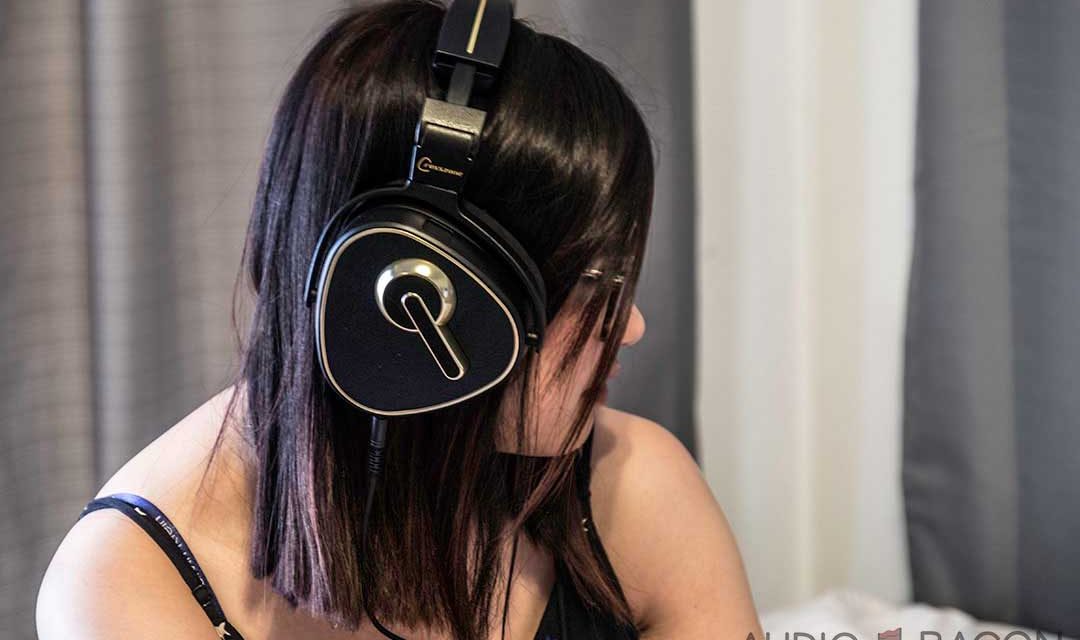
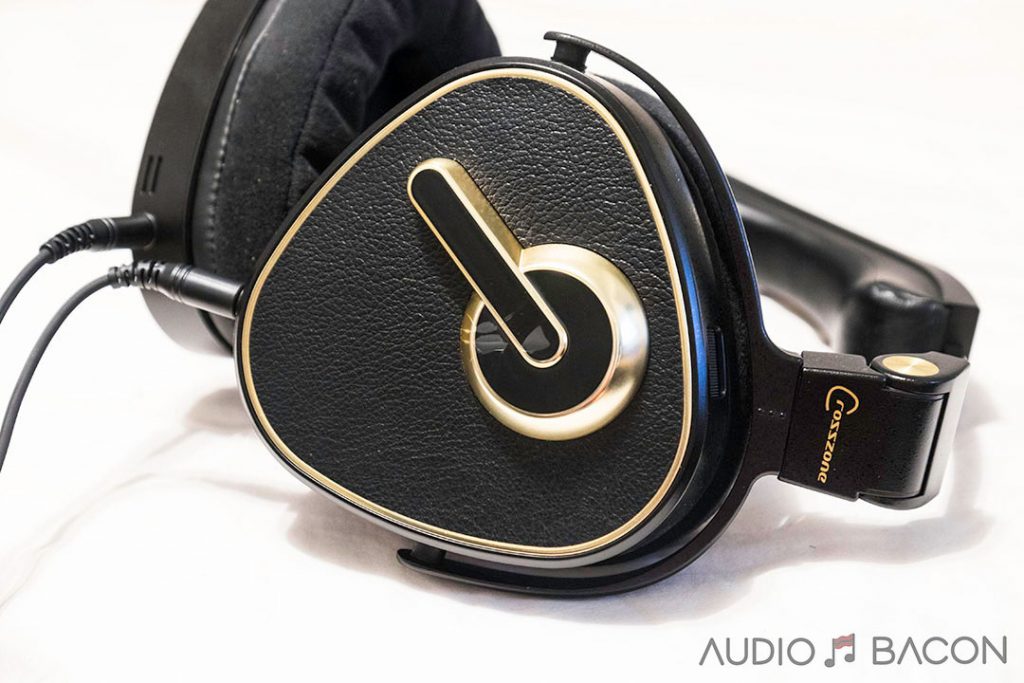
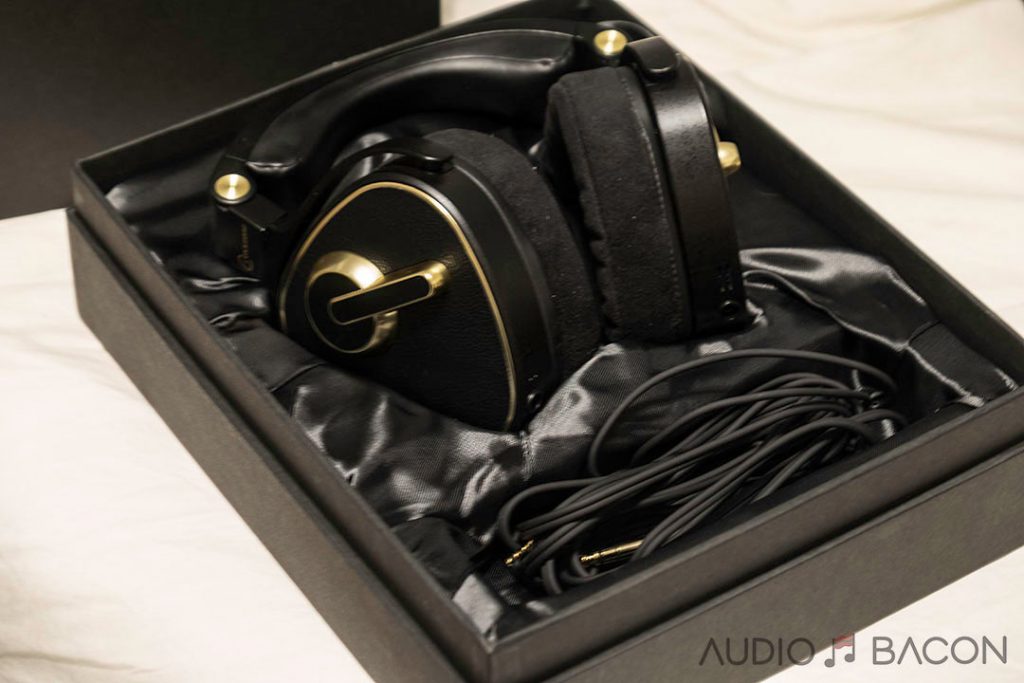
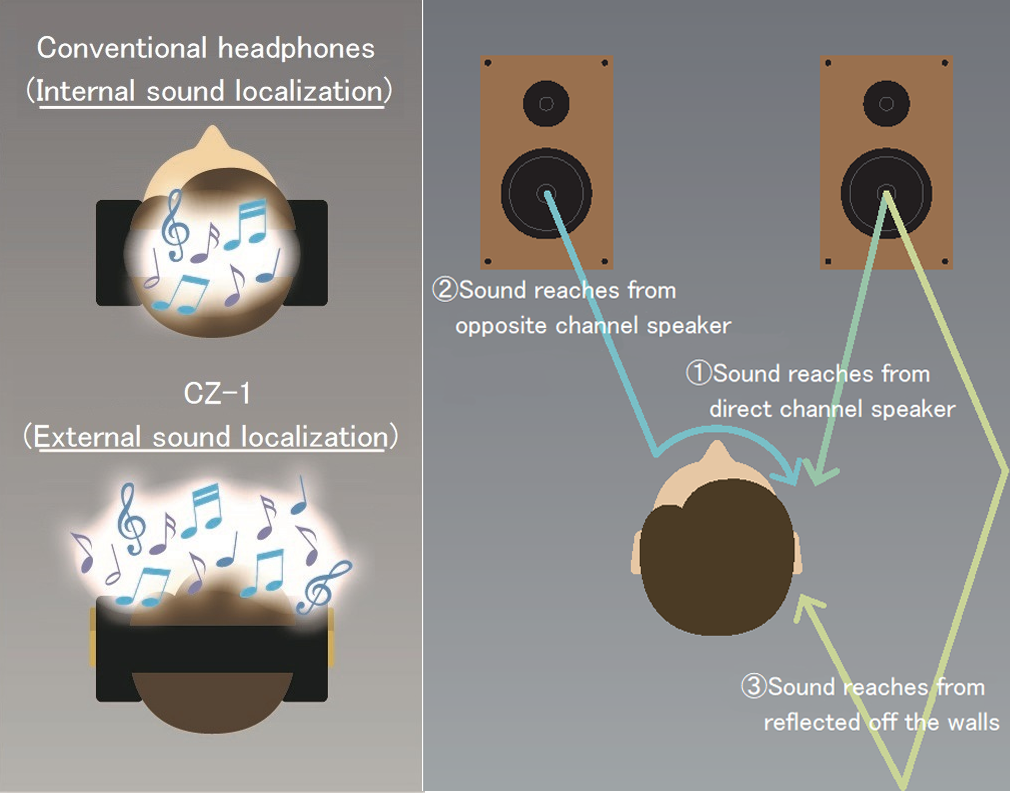
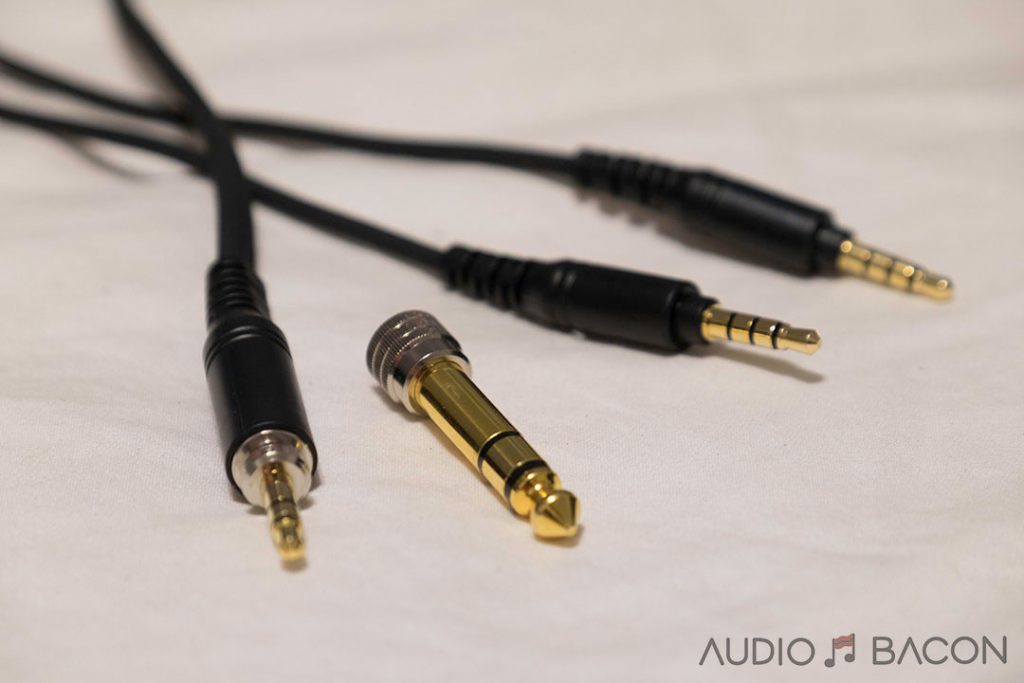
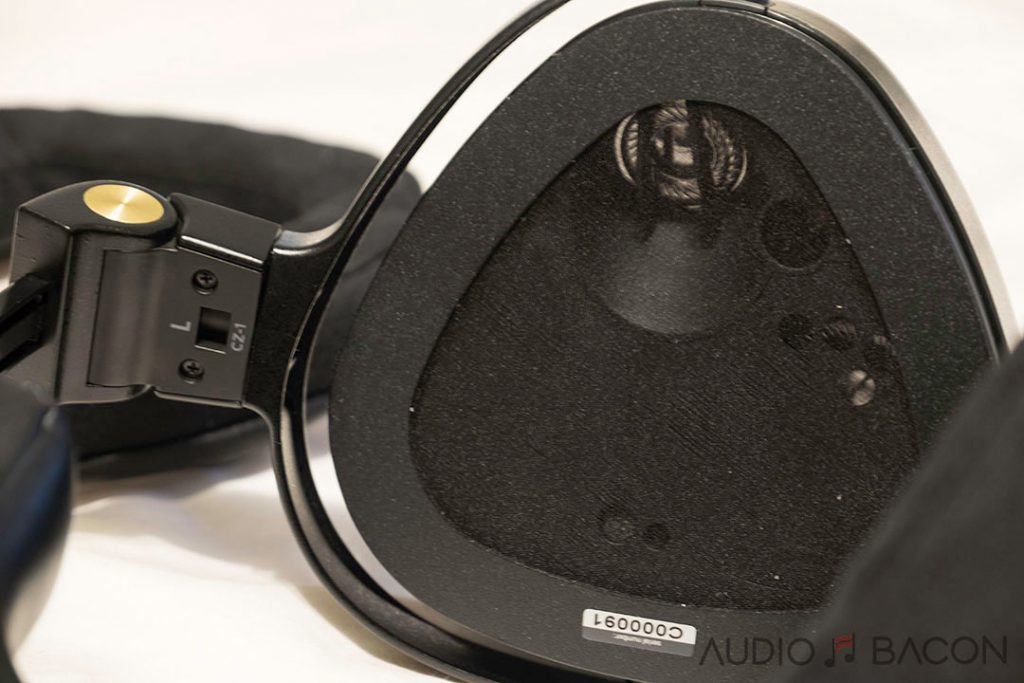




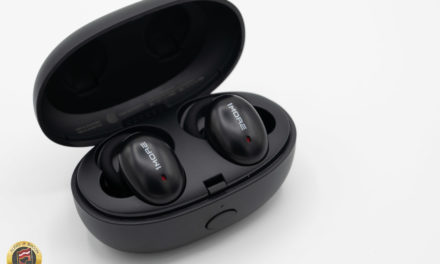
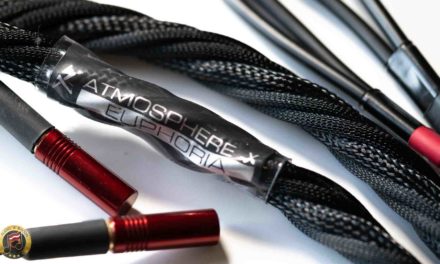
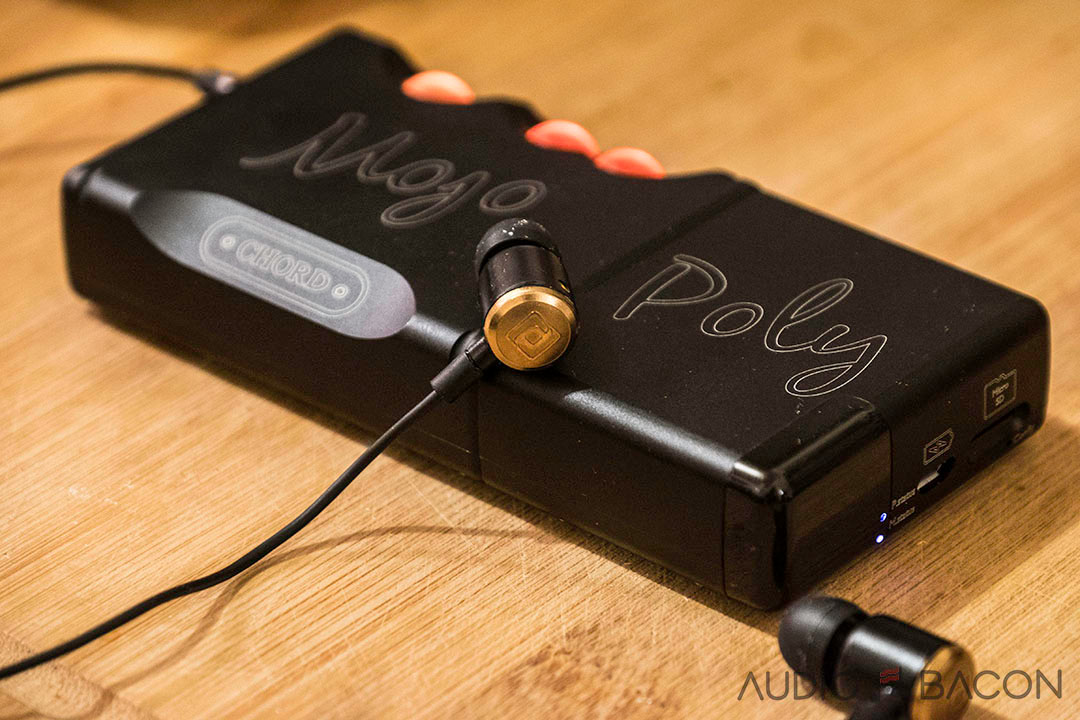

Hello,
I found your review of the CZ-1 very helpfull, especially the comparison between Crossfeed vs Crosszone CZ-1. Since your review in 2018 the crossfeed technology has developed further I understand. Do you believe that now in 2024 the CZ-1 is still superior in providing this illution better crossfeed? Regatds, Mark